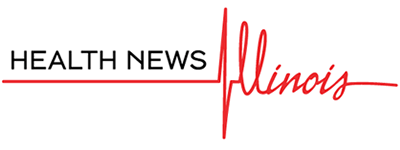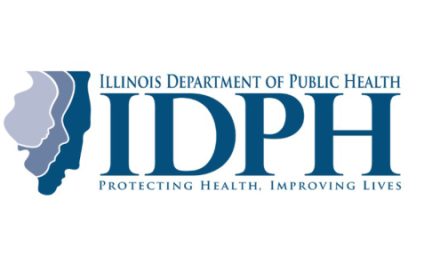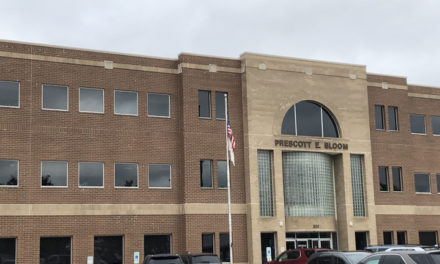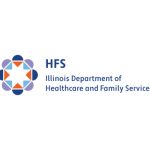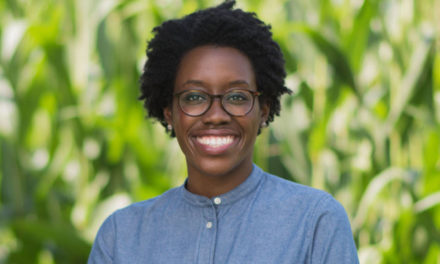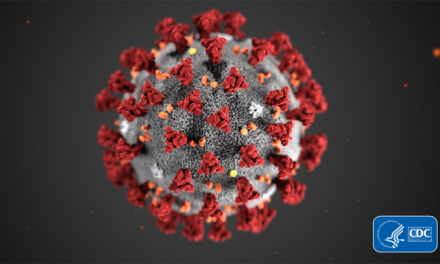
Northwestern University’s Aaron Packman on wastewater testing to detect COVID-19 outbreaks

Monitoring wastewater is one of the ways to control future outbreaks of COVID-19, said Aaron Packman, a professor at Northwestern University and environmental engineer who specializes in the surveillance of wastewater.
Packman said efforts are already underway in Chicago, as private institutions are working with the city to develop a plan to sample and analyze the city’s wastewater to determine whether mitigation efforts need to be implemented.
“They can help control outbreaks and potentially future pandemics,” he told Health News Illinois this week. “And the reason is that if you get a really good surveillance system that can detect each pathogen as they come in, you can implement control measures like quarantines, for example, much, much sooner and keep it from getting out of control.”
Packman spoke with Health News Illinois about how the process works and the new partnership among Chicago institutes to track wastewater in the city.
Edited excerpts below.
HNI: How does wastewater testing work?
AP: So we know when people get COVID-19, they excrete viral (ribonucleic acid) in their feces, and this of course goes into the sewer system and gets collected in wastewater treatment plants. And we have a very high sensitivity for measurement of RNA, so you can detect the viral RNA in the sewer. I should add, we do not know the exact form of it. We are only measuring RNA, not like actual live viruses. There are standard methods that are used in medical diagnostic now, a quantitative (polymerase chain reaction) to amplify the RNA and then measure through standard methods. Or the other way is similar, but it’s slightly different, it’s digital droplet PCR. So there’s no standard method right now. People have used both successfully. And there are studies now that are essentially comparing the sensitivity and robustness of the different methods.
HNI: How did experts start to realize this process could track COVID-19?
AP: I would say in March. There were papers that came out of China that indicated that viral RNA, or the source code to RNA, was being detected in a number of ways, including like on the walls of hospitals and then in the stools or feces of patients. So as soon as that information came out, people that were already doing this sort of surveillance for other things got oriented to that, especially people like Ali Boehm’s group at Stanford. They started working on methods very quickly. The other thing that’s useful to know is that places have already implemented wastewater surveillance for other purposes, particularly for monitoring opioid use at the community level. So there’s already kind of this connection between the environmental science part and public health agencies that is rapidly deployed to this before this information came out on COVID-19.
HNI: Are there any examples of it working yet in Illinois, such as in detecting an outbreak?
AP: So we have a group of us as of the last couple of weeks that have a research cluster that was funded by the Discovery Partners Institute. So that’s a regional partnership, and there are samples that have been archived going all the way back to March. But in terms of actual, on-the-ground use for public health today in Illinois, I don’t know. What I would say on that is that other places, other cities, and other states have successfully used this and are using it to inform public health decisions because you can track, roughly speaking, how many people are sick and is this trend going up or going down. So you can evaluate things like the efficacy of various control measures. In some places they tracked the initial wave and then the implementation of things like lockdown that really reduced the SARS-CoV-2 signal in wastewater. And then that picked back up once lockdown measures were relaxed. So not here, but we’re seeing it elsewhere.
HNI: Can you tell me more about this regional partnership?
AP: So there’s a good group of people working together, and generally speaking this is led by UIC School of Public Health, and it includes Northwestern, Argonne (National Laboratory), the Chicago Department of Public Health and then the Metropolitan Water Reclamation District, and they’re the ones taking samples, for example. So we have a detailed plan. We’re implementing a more systematic sampling and analysis. So we’ll start from researching the plants, where MWD is routinely taking samples. And then we’re working right now on a design to expand that out to try to figure out what measures and what methods we should use to give you maximal, usable information. Starting first in the city of Chicago, of course, and then expanding out.
HNI: When do you hope to roll out those plans?
AP: So this is starting, like, literally now. This new partnership will start taking samples within the next two weeks and we aim to have a full sampling designed with samples, city locations and methods all in place by November.
HNI: How do you believe this process can prevent future outbreaks?
AP: They can help control outbreaks and potentially future pandemics. And the reason is that if you get a really good surveillance system that can detect each pathogen as they come in, you can implement control measures like quarantines, for example, much, much sooner and keep it from getting out of control. And the really nice thing about using genomic or RNA or a combination of RNA and DNA signatures is that you can make that work for a really wide range of pathogenic organisms.
So one thing that’s been done is monitoring mutations as far as CoV-2, so you can track it as it diversifies. And this gives you new information to understand if a potential new strain is emerging. Like, if you have a vaccine that is effective, but just like the common cold the coronavirus mutates, there’s no guarantees the vaccine will continue to be effective. And this wastewater surveillance can help identify if and when that happens. So that’s true for COVID-19 or COVID-20 or 21, and also a wide range of other pathogens.
HNI: How widespread is this type of monitoring?
AP: The short answer is everywhere. There’s a lot of people sick all over, and of course, everybody poops, just like that book for kids says. Everyone poops, so you have this kind of natural signal generation and wastewater systems are very effective at catching on to that and getting it to a central point. And places that have implemented detailed sampling really do detect the SARS-CoV-2 RNA everywhere in wastewater. And even in receiving water bodies, like in the Seine River in Paris, there were results early on that they were detecting SARS-CoV-2 RNA.
HNI: What are some of the challenges with this approach?
AP: The biggest challenge is there are no standard methods. This is a totally new virus, and we understood kind of how it behaves because there are some tools for SARS-CoV-1 and other related viruses. But a lot of things are obviously different about SARS-CoV-2, and the overall feeling a lot of us have is that we’re building the boat as we’re sailing along. Like we’re implementing methods at the same time we’re developing methods. And that’s a big challenge when you don’t have any standard methods, you don’t have any broad information on what methods will work best. And so this is the major focus right now is to start doing quality control comparisons on existing methods and really try to figure out how much information you can get out of this method in different settings.
HNI: Is this process something that has been used much before COVID-19?
AP: So the best example, methods of this type were really critical in eradicating polio. So you can detect polio at very low concentrations of signal in wastewater. And over 20 years ago, there was widespread use of wastewater surveillance to identify where there might be clusters of polio infections. So it’s interesting to me because that was really well known in the global health community and it all tapered off 10 years ago or so and there hasn’t been much development of these methods before pathogens. And then in the last five years, it picked up again for opioids. So it was polio, then not a lot, then opioids, and now we have the potential to use this for a wide range of viruses using the methods that are developed for SARS-CoV-2.
HNI: What can policymakers do to support this work?
AP: So there’s a couple of things. One is access because we’re sampling sewers. It’s not like we can just crawl into the sewers and get the samples. So getting access to places you would want to sample is key. And making the connection between science, because this is new science. And practical implementation strategies and the use of that information are really important. So in Chicago, for example, the thing that really put a lot of impetus behind this is when the Chicago Department of Public Health got very interested in how they can use this information. And then they started a whole range of things that made it possible. Considering use of this information by public health officials and government officials is really important, and then just providing the support needed to implement it.
Illinois Health News is a nonpartisan, independent news service covering the Illinois healthcare beat. Sign up for a free trial to the newsletter here.
